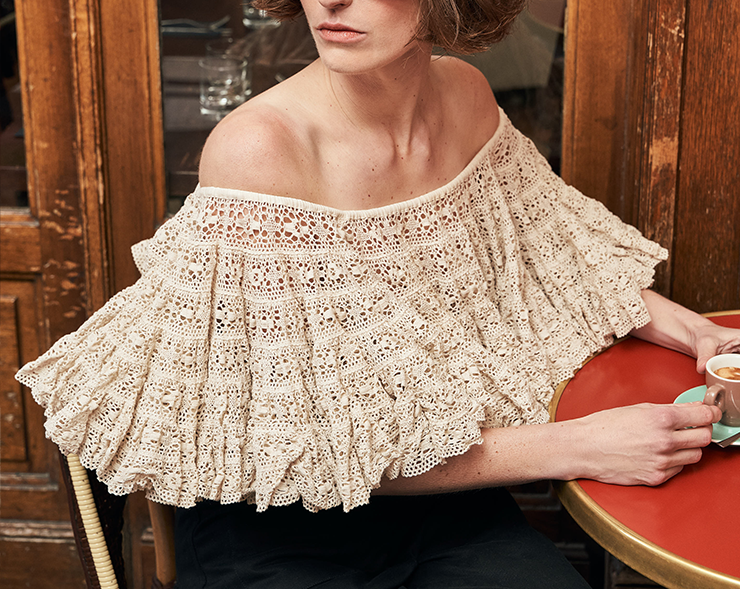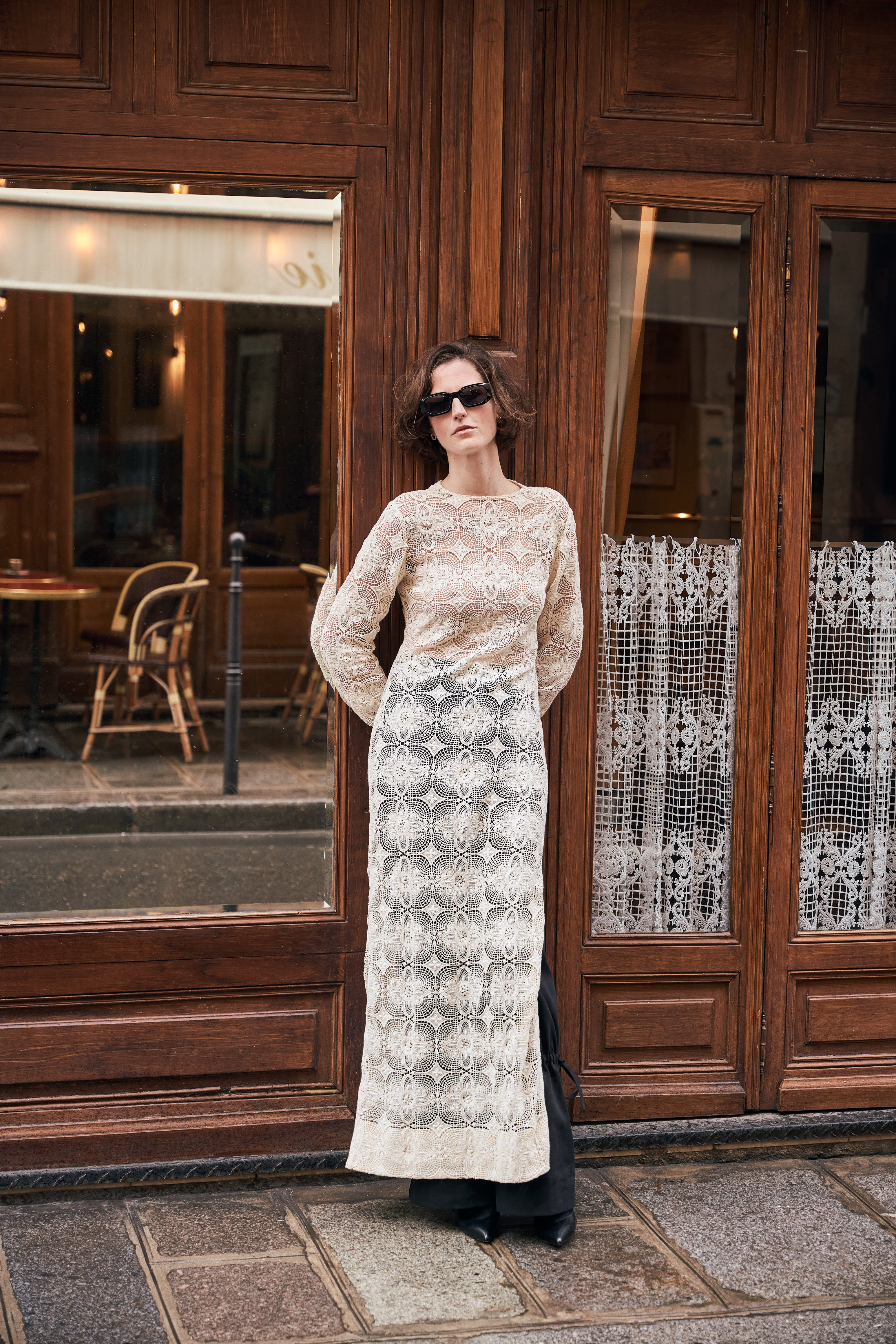

We know how a single event can take our life in a completely unexpected direction. For writer, poet, literary critic Roger Caillois, his passion for stones started in 1942 in Brasil when he received the gift of a quartz stone later taken by a customs officer. Caillois started collecting stones a decade later, but this lost stone put him on the path to collecting thousands of them. A little similar to mandalas, stones helped Caillois free himself from the rational mind and opened the door to a poetic way of looking and thinking about the world surrounding him. Stones were the doors of perception for him. Caillois was a poet without verses, but his writings about stones - but not only - were extraordinarily beautiful - poetic, inspired, spiritual, almost. He called his stones, “objets-fées” (something like “objects-fairy”)
In the elegant Hôtel de Mercy-Argenteau, near the Opera, in Paris, L’Ecole des Arts Joailliers has organized a magical exhibition, Rêveries de Pierres (Dreams of Stones). Most of the stones throughout the exhibition come from the collection Roger Caillois started in 1952. After his death, in 1978, the collection was split in 2, but, finally, it ended up at the Museum of Natural History, in the Jardin des Plantes, which has the oldest and one of the largest collections of minerals in the world. Roughly 95% of Caillois’s collection has been kept intact. Now this collection is presented in the Hôtel de Mercy-Argenteau with the support of Van Cleef & Arpels for everyone to discover and be dazzled by. “Just as men have always sought precious stones, so they have always prized curious ones, those that catch the attention through some anomaly of form, some suggestive oddity of color or pattern. This fascination almost always derives from a surprising resemblance that is at once improbable and natural. Stones possess a kind of gravitas, something ultimate and unchanging, something that will never perish or else has already done so,” wrote Caillois.

Stones spoke to him. He saw landscapes in their veins, cities, faces, monsters, ghosts, sick bodies even. Stones opened his imagination. “I give them my anxieties, my hesitations, my crossroads,” he wrote, “but I don’t forget they are a mirage.”
For a while, Roger Caillois was close to André Breton and the Surrealist movement until 1935 when he broke up with the movement . He was friends with Salvador Dali, Max Ernst and French poet Paul Eluard. Surrealists believed in the importance of dreams and of psychic life. Caillois broke up with the group as he felt it was too “surrealist”.
In a chapter of an essay called Dream Stones, Caillois writes about the relationship learned men in China had with stones: ‘In China in the mid-nineteenth century an artist might select a slab of marble with marks or veins that appealed to him and then proceed to trim and frame it, give it a title, and engrave his seal on it. He thus took possession of the stone, turning it into a work of art for which he was henceforth responsible.” Caillois, a member of the French Academy, felt the same towards his thousands of stones.
Caillois’ huge collection made him also acutely aware of the brevity of his life. He felt, like the 11th Century monk Bernard de Clairvaux, that stones could elevate humans’ spirituality.

The spectacular exhibition of the writer’s stones would make Caillois happy. It is difficult to go from one series of stones to another, each grouped according to families and themes, without being deeply affected by the incredible beauty of nature which we often take for granted and fail to see, even humble stones we could encounter on a country path. It reminds us that the natural world is an every day miracle.
~Jean-Sébastien Stehli
 Rêveries de pierres. Poésie et minéraux de Roger Caillois. L’Ecole des Arts Joailliers. lecolevancleefarpels.com. Until March 29, 2026.
Rêveries de pierres. Poésie et minéraux de Roger Caillois. L’Ecole des Arts Joailliers. lecolevancleefarpels.com. Until March 29, 2026.







